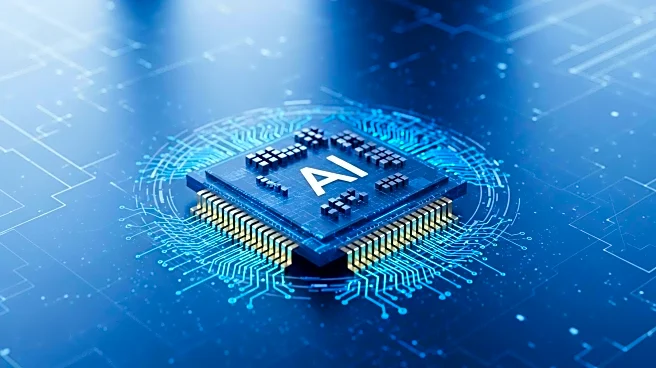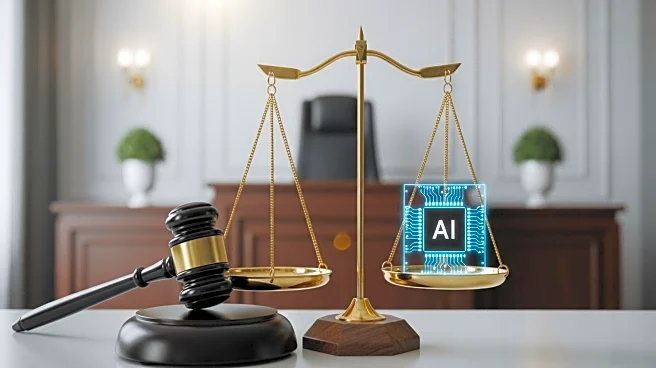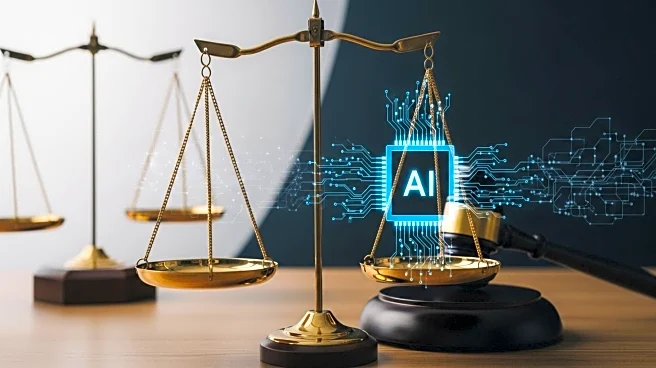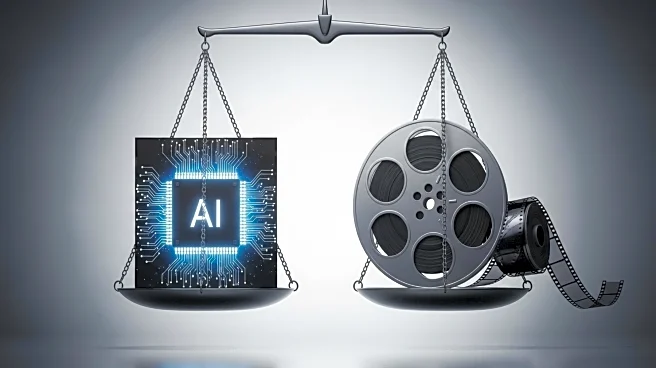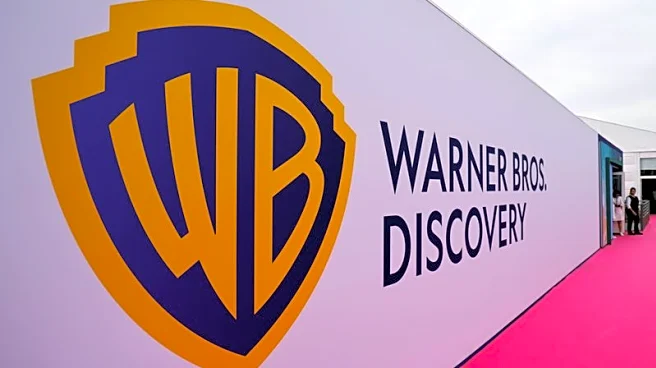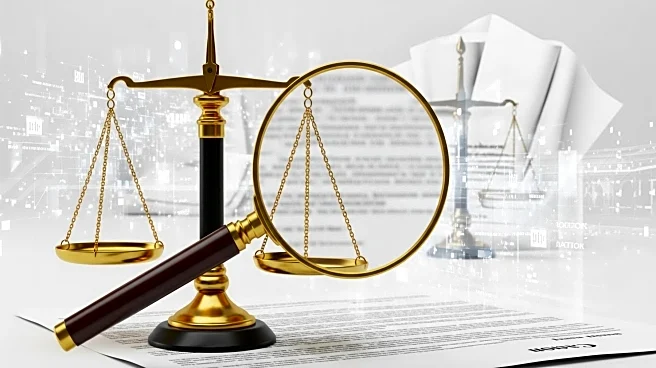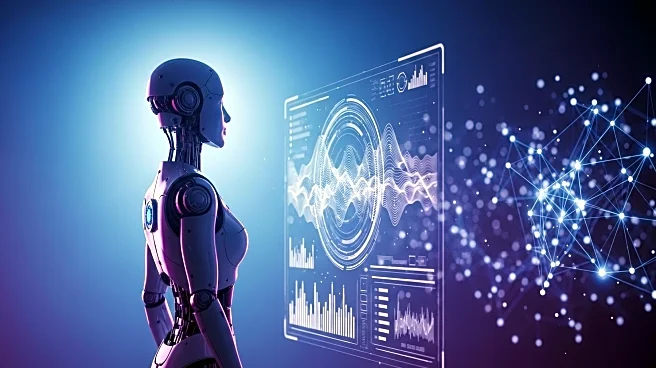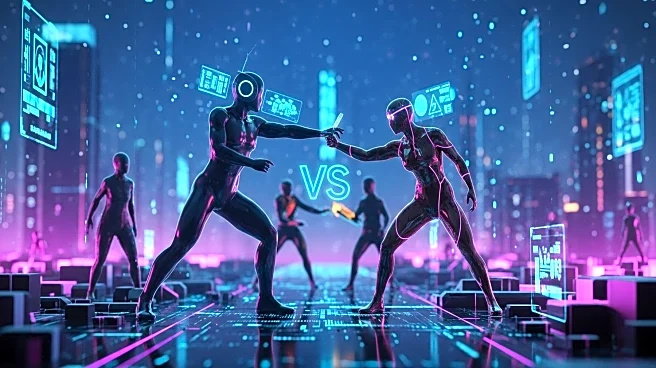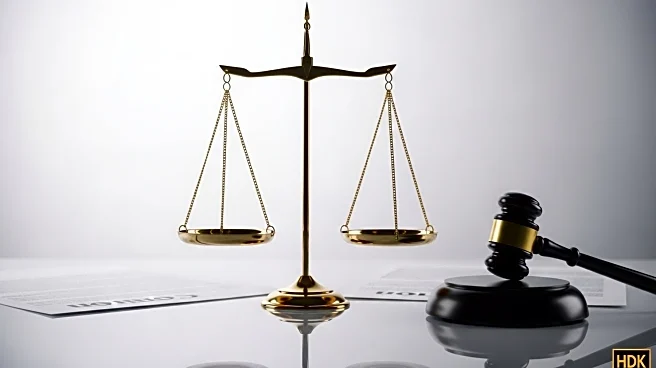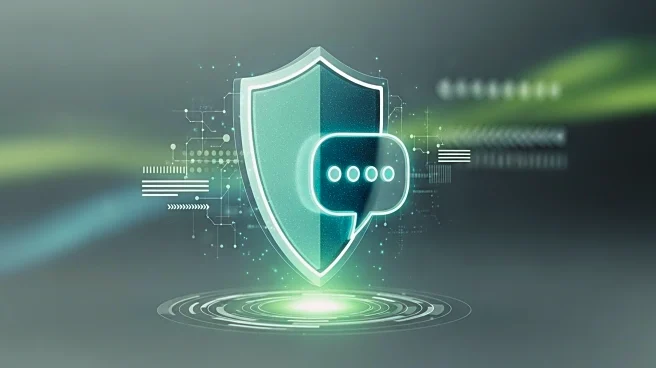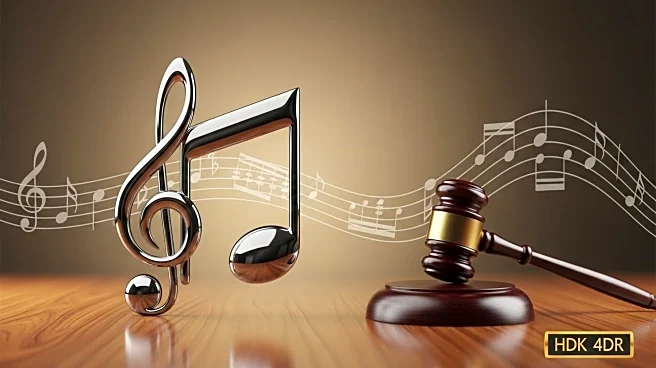What's Happening?
AI image generators like Midjourney, Stable Diffusion, and ChatGPT are advancing rapidly, yet they still struggle with producing accurate images, particularly with human faces, expressions, and recognizable logos. These inaccuracies, often referred to as 'hallucinations,' can result in unusable images. Users are advised to simplify prompts or use post-generation editing tools to correct errors. Legal concerns also limit the ability of AI to generate accurate logos or trademarks, as companies restrict the use of their brand materials in AI training data. Despite these challenges, AI image generators continue to improve, offering tools to edit and refine generated images.
Why It's Important?
The limitations of AI image generators highlight the ongoing need for human oversight and intervention in AI-generated content. As these tools become more prevalent, understanding their limitations is crucial for users who rely on them for creative projects. The legal implications of using AI-generated images, particularly concerning copyright and trademark infringement, are significant for businesses and creators. These challenges underscore the importance of developing ethical guidelines and legal frameworks to govern the use of AI in creative industries. The continued improvement of AI tools could lead to more reliable and legally compliant image generation in the future.
Beyond the Headlines
The ethical and legal dimensions of AI image generation are complex, involving issues of intellectual property rights and the potential for misuse of AI-generated content. As AI technology evolves, there is a growing need for clear regulations to protect both creators and consumers. The development of AI tools that can accurately and ethically generate images without infringing on existing copyrights could transform industries such as advertising, media, and entertainment. However, achieving this balance will require collaboration between technology developers, legal experts, and policymakers.
